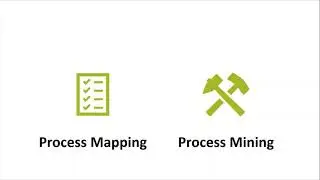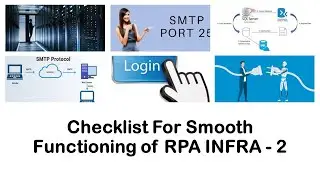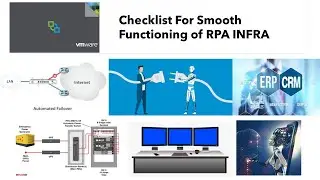Exploring Automation : An Exclusive interview with Abhishek Yengangdul, RPA Business Analyst 🎙️
Introducing a business analyst in process automation should ideally happen early in the planning phase of an automation project. Their involvement from the beginning can significantly contribute to the success and effectiveness of the automation initiative. Here are some key points to consider:
1. Process Identification: Involve a business analyst in the early stages of process identification and selection. They can help identify suitable processes for automation based on complexity, rule-based nature, and potential benefits.
2. Requirements Gathering: Business analysts play a crucial role in gathering detailed requirements from stakeholders. Their expertise ensures that the automation solution aligns precisely with business needs and objectives.
3. Process Analysis: They can analyze existing processes to identify inefficiencies and bottlenecks before automation. This analysis can lead to process improvements and better automation outcomes.
4. Solution Design: During the planning phase, business analysts can work with developers and automation experts to design the automation solution, translating business requirements into technical specifications.
5. Technical Evaluation: In collaboration with the IT team, business analysts can evaluate the technical feasibility of implementing automation in specific processes.
6. Change Management: Introducing a business analyst early allows them to help manage organizational changes resulting from automation. They can work with employees to ensure smooth transitions and address concerns.
7. Testing and Validation: Business analysts can participate in testing and validating the automation implementation, ensuring that it meets business rules and delivers the intended outcomes.
By involving a business analyst early in the process automation journey, you can ensure that the automation project is well-planned, effectively implemented, and aligned with the organization’s strategic goals. Their expertise in understanding business processes and requirements is instrumental in driving successful automation initiatives.



















